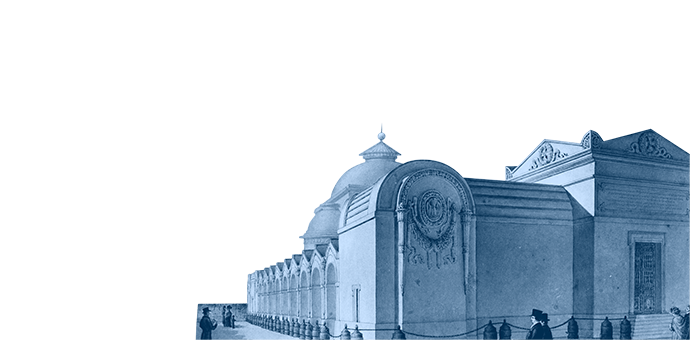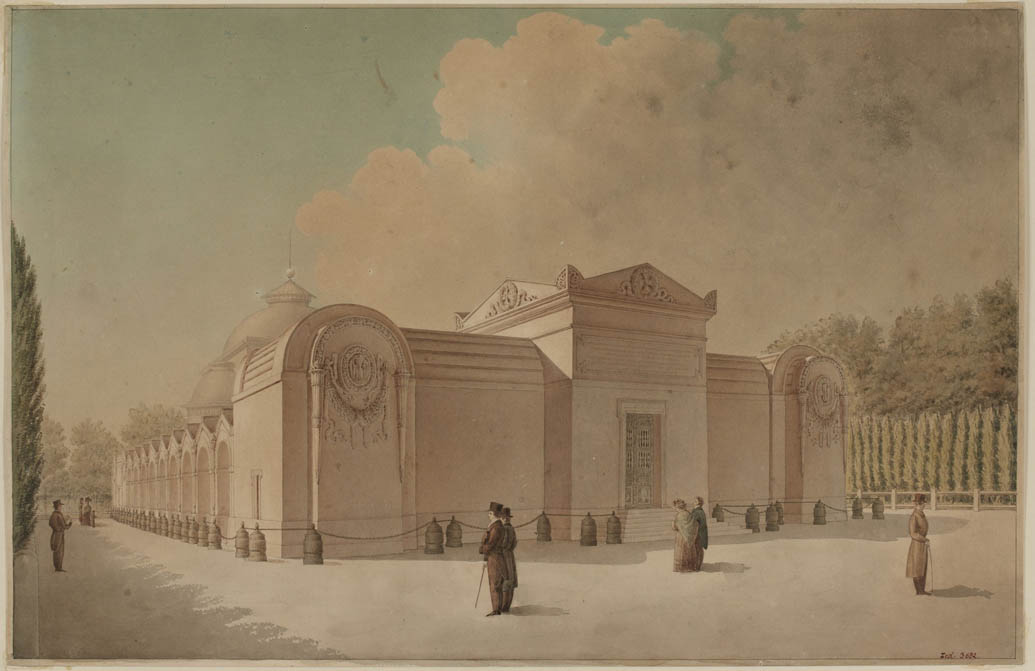The Expiatory Chapel and its neighborhood
In the 18th century, this area was basically the countryside. Even then, this vast Parisian neighborhood was already rather affluent: the bourgeoisie entertained themselves in the famous Tivoli gardens located not far from the current Saint-Lazare train station, which inspired public parks such as the Parc Monceau. In the neighborhood, famous figures built their sumptuous private mansions, like the scholar Lakanal or the most popular revolutionary in his time: Mirabeau. However, this neighborhood also carries scars from the revolutionary civil war, like the expiatory chapel, which represents the former location of the Madeleine cemetery where the bodies of those guillotined on the Place de la Révolution (currently Concorde) were buried. Today, it is still one of the major commemorative sites for Royalists in France.

 Chronology
Chronology
-
April 4, 1791
Thousands of Parisians come to see the body of Mirabeau in his home on the rue de la Chaussée-d’Antin -
1789
Construction of the Madeleine church, started in 1763, is interrupted -
Late June 1789
A few soldiers from the French Guard take the side of the people and refuse to fire into the crowd -
July 12, 1789
Threatened by insurgents, the Duke du Châtelet, commander of the French Guard, takes refuge in the French Guard Depot located on the rue de la Chaussée-d’Antin -
1792
The French Guard’s large barracks are transformed into a residential building -
1795
Lakanal builds a luxurious private mansion, which would later become the Hôtel Moreau. -
1806
Napoléon wants to transform the Madeleine church into a temple honoring the glory of his Great Army -
1815
King Louis XVIII wants to pay homage to the memory of Louis XVI and Marie-Antoinette through both the Madeleine church and the Expiatory Chapel -
1826
End of construction on the Expiatory Chapel -
1842
End of construction and inauguration of the Madeleine church -
1977
The remains of the Kings of Judah statues, destroyed at Notre-Dame-de-Paris in 1793, are discovered in the courtyard of the Hôtel Moreau





